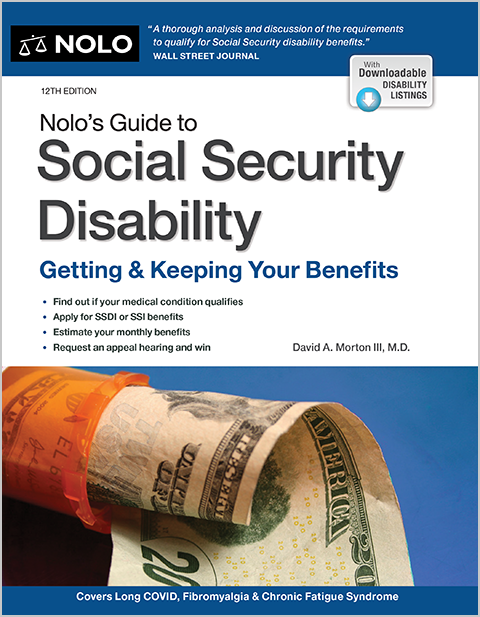An applicant who has more resources than are allowed by Medicaid can use a self-settled special needs trust to become eligible for Medicaid.
When an applicant has more assets than Medicaid allows, those assets must be spent down before the applicant can become eligible for Medicaid. There are many ways to spend money to qualify for Medicaid. An applicant can pay off debt, pay medical bills, prepay funeral expenses, or purchase assets that are exempt from being counted for Medicaid purposes, such as a home or an automobile.
One thing the applicant can't do is give away resources for the purpose of qualifying for Medicaid. Any gifts or transfers made within five years of applying for Medicaid will result in a period of ineligibility.
Special Purpose Trusts: Exceptions to the Transfer Rule
Federal law has some exceptions to the Medicaid rule that disallows transfers of resources. One exception is that the assets of a disabled person may be transferred to a special purpose trust.
As long as the special purpose trust follows specific rules, it won't be subject to the period of Medicaid ineligibility. These trusts aren't for sheltering assets. Instead, they're created to provide for a disabled person. The two special purpose trusts for assets are the first-party trust and the pooled trust.
First-Party Trust
The first-party special needs trust is the most frequently used special purpose trust for a disabled applicant who has too many assets to qualify for Medicaid. This trust is sometimes referred to as a d4a trust, which refers to the subsection of the federal law that established it, 42 USC 1396p(d)(4)(a). The first-party special needs trust is a self-settled trust because it's funded with the assets of the applicant.
To qualify for this type of trust, the following requirements must be met:
- The disabled applicant must be under the age of 65.
- The applicant's disability must meet the Social Security Administration's definition of a disability.
- The trust must be irrevocable.
- The trust must be created by the applicant, the applicant's parent, grandparent, or guardian, or a court.
- The state paying out Medicaid benefits must be designated as the primary beneficiary of the trust.
- The assets may be used only for the benefit of the disabled person.
Age. As long as the trust is created before the applicant attained the age of 65, the trust can continue to be used without penalty even after the applicant becomes 65 or older. However, no new assets can be added to the trust after the applicant is 65. If assets are added after age 65, they will be subject to the normal transfer penalty rules.
Disability. If the applicant is receiving disability benefits under either Title II (Social Security disability insurance) or supplemental security income (SSI), the applicant is presumed to be disabled. Even if the state is a 209(b) state, meaning the state has slightly different rules for Medicaid eligibility, the state must use the disability criteria of the SSI program.
Irrevocable Trust. The trust must be irrevocable. In other words, the trust document must state that the person who created the trust (called the "settlor" or "grantor") can't amend or revoke the trust.
Settlor. Only a court, the applicant, or the applicant's parent, grandparent, or guardian can create a first-party special needs trust.
State as beneficiary. The trust must provide that upon the death of the individual, any funds remaining in the trust go to the state agency, up to the amount paid in Medicaid benefits on the individual's behalf. For this reason, these trusts have been called "pay-back trusts."
Benefit of disabled person. It's important to note that this type of trust must be established for the sole benefit of the disabled person. If there's any other beneficiary of the trust, Medicaid transfer penalties might apply.
Language of trust. To qualify for the favorable treatment accorded to supplemental needs trusts under federal and state law, the trust document must do all of the following:
- show the creator's intent to supplement—not supplant, impair or diminish—government benefits or assistance for which the beneficiary may otherwise be eligible
- prohibit the trustee from distributing trust assets in any manner that might impair or diminish the disabled individual's entitlement to government benefits, and
- preclude the disabled individual from authorizing distributions from the trust.
Assets That May Be Put in the Trust
The first-party trust is for assets, not income. Funds from the following sources are often placed into a self-settled trust:
- bank accounts
- disability backpay from Social Security
- inheritance, and
- court settlements.
Newly received income can't be put into a first-party trust. But after income has been kept on deposit during the month it was received, it can be transferred to the trust the following month.
For example, a Social Security check for $1,000 is income during the month received. If it's deposited into a bank account for one month, it can then be transferred to a self-settled first-party trust as a resource. (For a regular stream of income, qualified income trusts are used in states with an income cap for Medicaid eligibility.)


